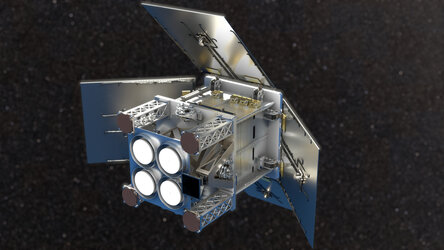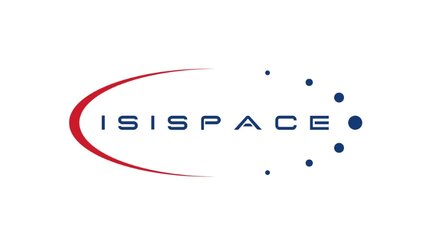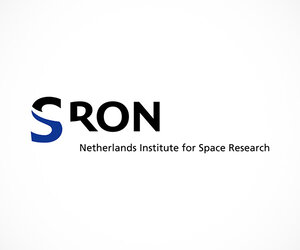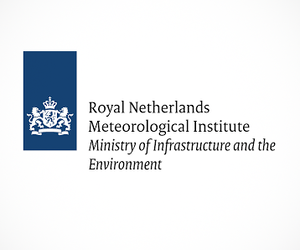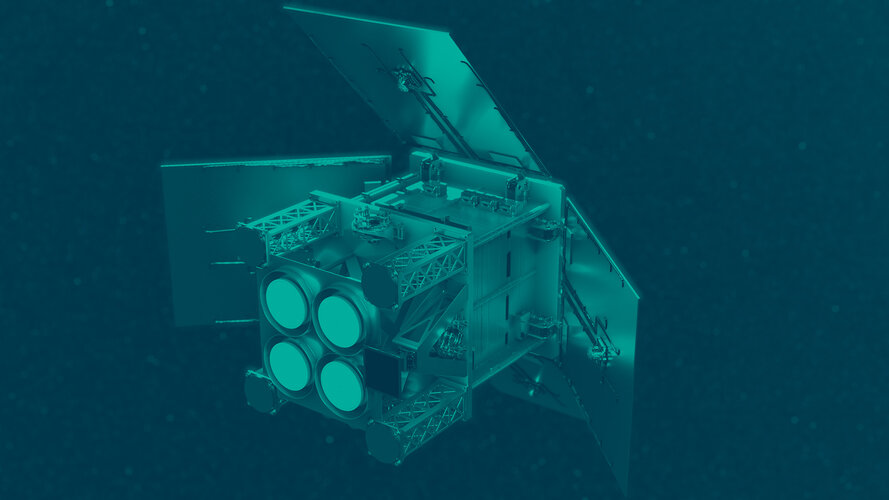NanoMagSat and Tango Scout missions get go-ahead
Further embracing the New Space era, ESA is to develop two new Scout satellites: NanoMagSat and Tango. NanoMagSat will measure Earth’s magnetic field to help assess space weather hazards and continue on from ESA’s current Swarm mission. Tango will measure greenhouse-gas emissions from human activity and complements the upcoming Copernicus Carbon Dioxide Monitoring mission and the Sentinel-5 mission, as well as the current Sentinel-5P mission.
The decision to make NanoMagSat and Tango a reality has been taken by ESA’s Earth Observation Programme Board following careful assessment as to their suitability as Scout missions and their ability to generate cutting-edge science.
Scouts are small satellites that deliver value-added science, either by miniaturising existing space technologies or by demonstrating new observing techniques.
In accordance with the New Space approach, Scouts follow a low-cost and short development process.
A mission must cost less than €35 million and must be developed within three years, from kick-off to launch.
In fact, NanoMagSat and Tango had been proposed to ESA a few years ago, but at the time they were not deemed technically mature enough. However, these technical issues have since been ironed out and the concepts now are sufficiently mature to be given the green light.
ESA’s Director of Earth Observation Programmes, Simonetta Cheli, said, “We are very pleased to add two new Scouts to our Earth observation mission portfolio. These small science missions perfectly complement our more traditional existing and future Earth Explorer missions, and will bring exciting benefits to Earth science and to society.”
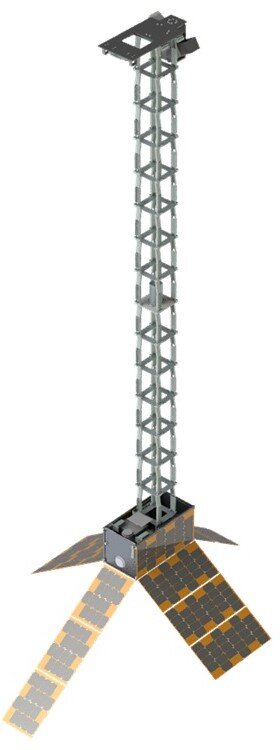
Following on from the current Swarm Earth Explorer mission, which was launched back in 2013, NanoMagSat aims to maintain Europe’s leadership in monitoring Earth’s magnetic field. In addition, NanoMagSat will measure the ionospheric environment.
Although invisible, the magnetic field and electric currents in and around Earth generate complex forces that have immeasurable impact on everyday life. However, the magnetic field is in a permanent state of flux.
Overall, NanoMagSat will allow for a much-improved understanding of the dynamics of the magnetic field and of the role of the Sun in the coupled atmospheric–ionospheric–magnetospheric system.
Information delivered by NanoMagSat will be used in many ways, such as for space weather hazard assessments, precise navigation, reference models for smart phones, directional drilling and in the World Magnetic Model.
The mission will comprise a constellation of three 16U satellites, launched nine months apart.
Each 24-kg satellite will carry a miniaturised absolute magnetometer at the end of a boom and a high-frequency magnetometer half-way along the boom for magnetic measurements, a Langmuir probe to measure electron temperature and density, and two GNSS receivers.
The Tango mission will measure and monitor three greenhouse gases: methane, carbon dioxide and nitrogen dioxide being emitted from large industrial sites.
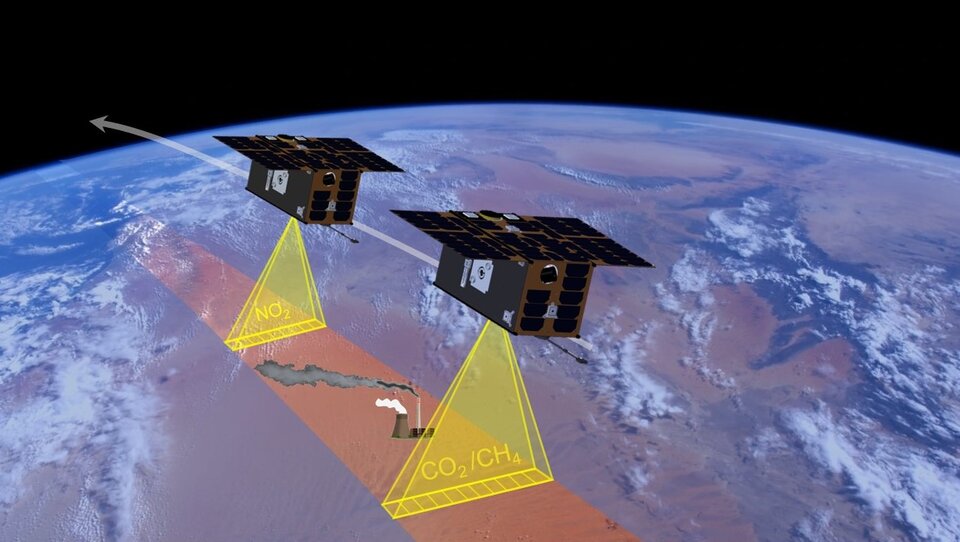
This new Tango Scout mission will complement measurements of methane and nitrogen dioxide from the current Copernicus Sentinel-5P mission and the upcoming Copernicus Carbon Dioxide Monitoring mission which will measure carbon dioxide and methane from human activity to help verify the Paris Agreement.
Tango will monitor 150–300 known large industrial facilities and power plants every four days. It will deliver high-resolution images of emission plumes as well as the surrounding pollution, with sufficient accuracy to determine emissions with a single observation. In fact, Tango will deliver higher-resolution images at these specific locations compared to the other three missions noted above provide, so therefore acts as a magnifying glass.
The Tango mission will comprise two 25-kg satellites orbiting in tandem: one configured to measure methane and carbon dioxide and one to measure nitrogen dioxide.
NanoMagSat and Tango now join HydroGNSS as ESA Scout missions.
HydroGNSS, which, having passed a milestone review, is about to undergo testing. Once launched, it will use GNSS reflectometry for observations of essential climate variables relevant to the hydrological cycle. These variables include soil moisture, freeze–thaw over permafrost, above-ground biomass and ocean-wind speed. It will consist of one micro-satellite, and one additional satellite as an option.



